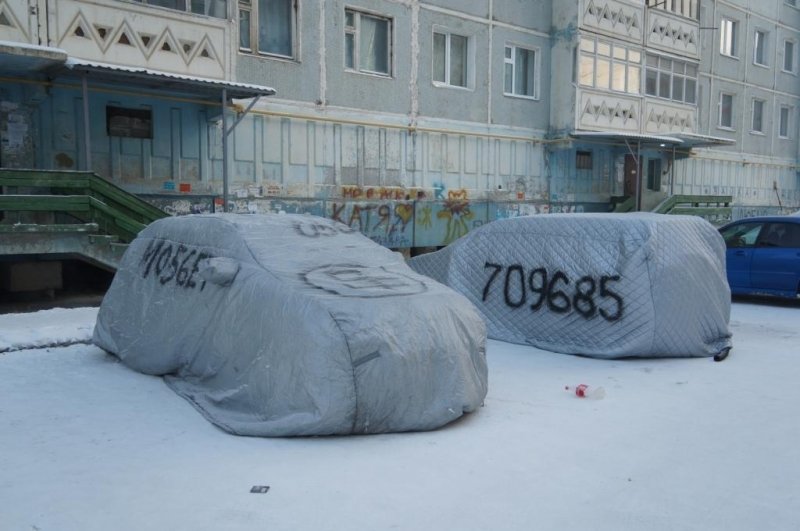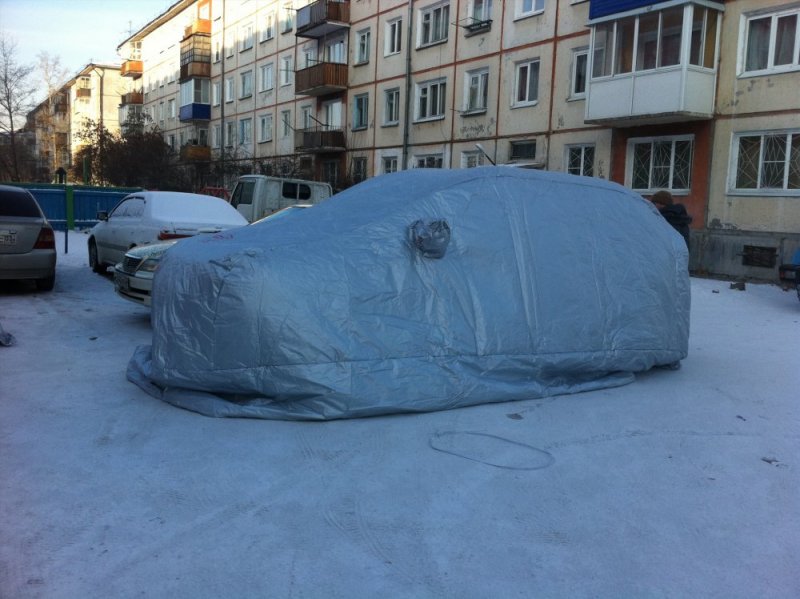Will L.
Well-Known Member
Oh, ok. Yeah- look at amp draw of each unit and add the amps.
I should have said above- never just replace the 15 amp receptacle with a 20 amp one without verification of 20 amp breaker AND 12 awg wire in use.
the device Denata shows is a great one for high amp useage, available in 110/120 volt and 220/240 volt. Another device to ONLY get high quality. But not to be confused with a gfci.
The device denata shows is to protect equipment/ wires, same for breaker in your house-
Neither of them ever protect YOU. Only gfci or afci protect people.
And since I am playing electrical safety sally already:
ANYTyou get an electrical shock from ac power - go to a doctor and DEMAND an ekg. It happens often that a person will get what they feel was a small shock, like Christmas tree lights in December- then die of heart failure in January or February. Obviously it can happen instantly- but almost no one realizes what happens long term:
We all seen on tv: person on table: doctor yells “CLEAR” and zaps the guy with the paddles. Dude comes back to normal and dad gets to throw the baseball with little johnny- happy ending. But real world that is a Defibrillator and your heart has a special rhythm to work properly. An electrical shock does the same thing that doctor tool does but in reverse. It’s like messing up the valve timing from the piston timing. Maybe like a timing chain jumping a tooth or two. The engine can continue to run but doesn’t work right and doesn’t blow the engine up until you rev it up to high rpm.
Explaining to the doctor you had an electrical shock amd you need your heart checked- they usually do this immediately- as in no waiting room. This is akin to a heart attack because that is what is about to happen to you at any time! The unit gets hooked up in 30 seconds time and in 2-3 minutes they can tell you everything is fine and you are on your way home. Or- they have to defibrillate you and just saved your life- but they cant do it if you are being a dumb ass and don’t wanna go get checked. Yes many people, me included been shocked and everything is perfectly fine 999 times of 1000. But maybe you are in line at #1000.
THOSE AED Defibrillators you can buy for your home can and have saved people often.
Messing with electrical or any heart issues in your family and this is probably the smartest buy you will ever make. Go talk to your local fire department/ paramedics about them if you never seen them.
The technology and medical treatment makes all the difference in the world - but if you are too much a wuss to be a little embarrassed to get checked out for the sake of your family, friends, etc- then you need to re-evaluate what it means to be a man.
I should have said above- never just replace the 15 amp receptacle with a 20 amp one without verification of 20 amp breaker AND 12 awg wire in use.
the device Denata shows is a great one for high amp useage, available in 110/120 volt and 220/240 volt. Another device to ONLY get high quality. But not to be confused with a gfci.
The device denata shows is to protect equipment/ wires, same for breaker in your house-
Neither of them ever protect YOU. Only gfci or afci protect people.
And since I am playing electrical safety sally already:
ANYTyou get an electrical shock from ac power - go to a doctor and DEMAND an ekg. It happens often that a person will get what they feel was a small shock, like Christmas tree lights in December- then die of heart failure in January or February. Obviously it can happen instantly- but almost no one realizes what happens long term:
We all seen on tv: person on table: doctor yells “CLEAR” and zaps the guy with the paddles. Dude comes back to normal and dad gets to throw the baseball with little johnny- happy ending. But real world that is a Defibrillator and your heart has a special rhythm to work properly. An electrical shock does the same thing that doctor tool does but in reverse. It’s like messing up the valve timing from the piston timing. Maybe like a timing chain jumping a tooth or two. The engine can continue to run but doesn’t work right and doesn’t blow the engine up until you rev it up to high rpm.
Explaining to the doctor you had an electrical shock amd you need your heart checked- they usually do this immediately- as in no waiting room. This is akin to a heart attack because that is what is about to happen to you at any time! The unit gets hooked up in 30 seconds time and in 2-3 minutes they can tell you everything is fine and you are on your way home. Or- they have to defibrillate you and just saved your life- but they cant do it if you are being a dumb ass and don’t wanna go get checked. Yes many people, me included been shocked and everything is perfectly fine 999 times of 1000. But maybe you are in line at #1000.
THOSE AED Defibrillators you can buy for your home can and have saved people often.
Messing with electrical or any heart issues in your family and this is probably the smartest buy you will ever make. Go talk to your local fire department/ paramedics about them if you never seen them.
The technology and medical treatment makes all the difference in the world - but if you are too much a wuss to be a little embarrassed to get checked out for the sake of your family, friends, etc- then you need to re-evaluate what it means to be a man.


